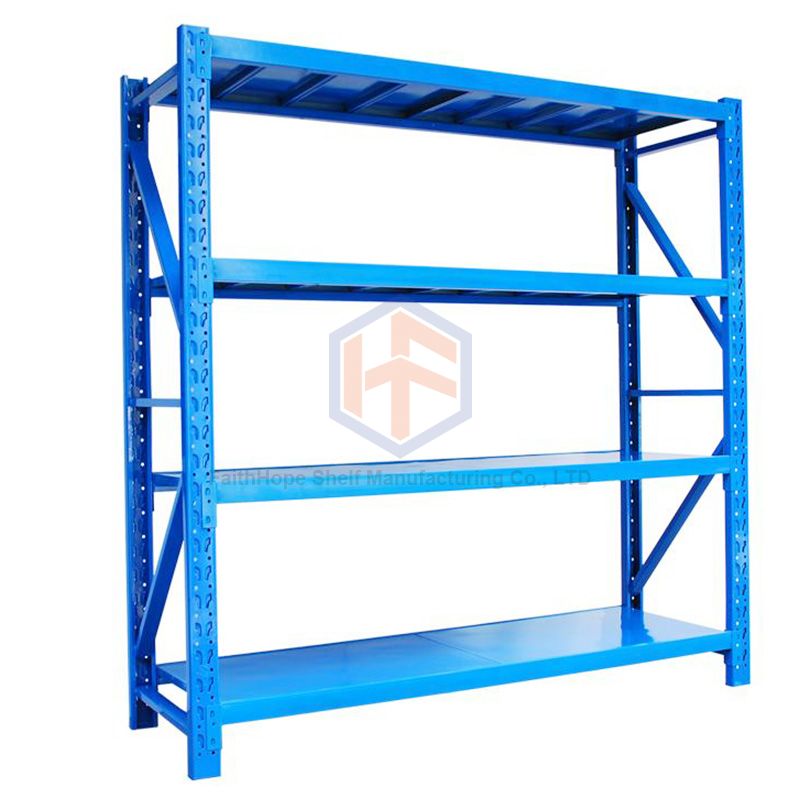How to Choose the Right Industrial Racking System?
Selecting the right industrial racking system is a pivotal decision for businesses seeking efficient storage solutions. The process involves a nuanced evaluation of various factors to ensure that the chosen system aligns with the specific needs and demands of the operation. In this exploration, we delve into the considerations, the rationale guiding the selection, and the consequential impact of opting for the appropriate medium-duty racking system.
Understanding Medium Duty Racking
Before delving into the selection process, it's crucial to understand the concept of medium-duty racking. This type of industrial racking system is designed to strike a balance between strength and versatility. It caters to businesses with moderate storage needs, providing a robust framework that can handle a substantial load while allowing for adaptability in warehouse configurations. The versatility of medium-duty racking makes it a popular choice across various industries.
Key Considerations in the Selection Process
Choosing the right industrial racking system involves a meticulous examination of several key considerations. Firstly, the nature of the stored items plays a pivotal role. Whether dealing with perishable goods, heavy machinery, or delicate products, the racking system must be tailored to accommodate the specific characteristics of the stored items. Additionally, considering the available space, accessibility requirements, and future scalability needs is essential. The choice between fixed and adjustable racking, as well as the material of the racks, further influences the selection process.
Rationale for Medium Duty Racking
What is Medium Duty Rack?
The Benefits of Using Light Duty Cantilever Racks
The rationale behind opting for a medium-duty racking system lies in its ability to strike a harmonious balance between various factors. Unlike heavy-duty systems that may be overkill for moderate storage needs, and light-duty systems that might lack the required durability, medium-duty racking offers a pragmatic compromise. It ensures that businesses neither invest excessively in capacity they don't need nor compromise on the structural integrity required for their storage demands.
Ensuring Structural Integrity and Safety
One of the primary concerns in the selection process is ensuring the structural integrity and safety of the chosen racking system. Medium-duty racking, characterized by its robust construction, provides the necessary strength to support moderate loads. This is crucial for maintaining a safe working environment, preventing accidents, and prolonging the lifespan of the racking system. Adhering to industry standards and considering the load-bearing capacity of the racks are integral components of this safety-focused approach.
Operational Efficiency and Cost-Effectiveness
The impact of choosing the right industrial racking system extends beyond structural considerations. It directly influences operational efficiency and cost-effectiveness. Medium-duty racking, by virtue of its versatility and moderate load capacity, facilitates efficient inventory management and retrieval processes. Moreover, its cost-effectiveness ensures that businesses make a prudent investment that aligns with their storage needs without unnecessary expenditure.
Conclusion: Strategic Storage Solutions
In conclusion, the selection of the right industrial racking system, particularly opting for a medium-duty solution, is a strategic decision with far-reaching implications. It involves a comprehensive assessment of storage requirements, structural considerations, safety standards, and cost-effectiveness. By choosing a medium-duty racking system that aligns with these criteria, businesses can enhance operational efficiency, ensure the safety of their workforce, and make a prudent investment in their storage infrastructure.
150
0
0



Comments
All Comments (0)